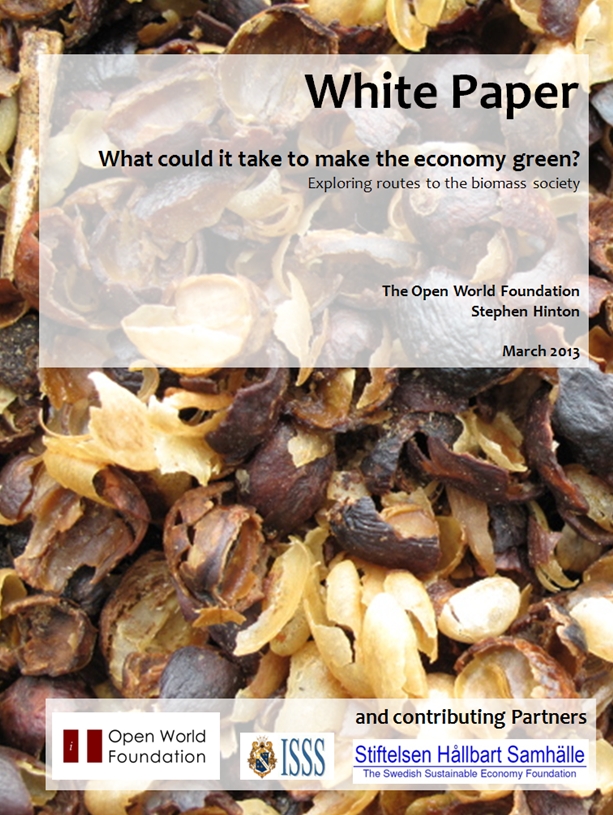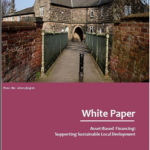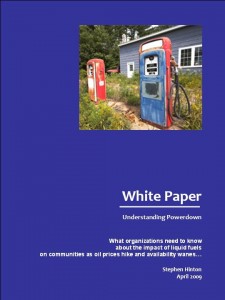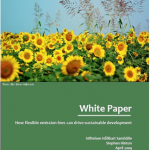This series of white papers comes from the material developed for the book “Inventing for the Sustainable Planet.” After rigorous validation and further development the ideas were deemed stable enough to be presented in this form.
 WHAT COULD IT TAKE TO MAKE THE ECONOMY GO GREEN?
WHAT COULD IT TAKE TO MAKE THE ECONOMY GO GREEN?
This white paper discusses the challenge of replacing fossil-fueled supply chains with less energy-intense renewable solutions whilst rapidly reducing the carbon in the atmosphere. It suggests that a complimentary currency, backed by carbon fees and pledges from landowners to sequester carbon using soil and biochar, could be the answer.
Read the paper here. A complementary currency R4
 CENTRES OF WELL-BEING: creating opportunities for jobs and economic development in areas of
CENTRES OF WELL-BEING: creating opportunities for jobs and economic development in areas of
natural beauty.
For a region about 30 X 30 kms. Developing the “brand” and services, focusing on well-being services to promote sustainable development
 Asset-based financing supporting local economy development
Asset-based financing supporting local economy development
Shows the possibility of using asset based finance to provide capital for consumers to invest in local, sustainable businesses to drive sustainable development. See also the YOUTUBE video on Units of Trust.
POWER DOWN
What organizations need to know about the impact of liquid fuels on communities as oil prices hike and availability wanes. For officers in the public and private sector alike, this paper describes 16 main aspects of the coming energy situation. Organisations need to consider these 16 in order to begin to craft energy depletion management strategies. Download here. WHITEPAPER_POWERDOWN_A
Produced for the Swedish Sustainable Economy Foundation, the paper describes a mechanism to change the economic rules for unwanted emissions. The mechanism, also called Höglunds mechanism after the inventor, calls for emission fees to be flexible, the higher the deviation from the reduction target, the higher the fee. The mechanism drives the market to respond and gradually removes the subsidy nations give to polluters. This gradual, controlled removal ensures sufficient business stability.

